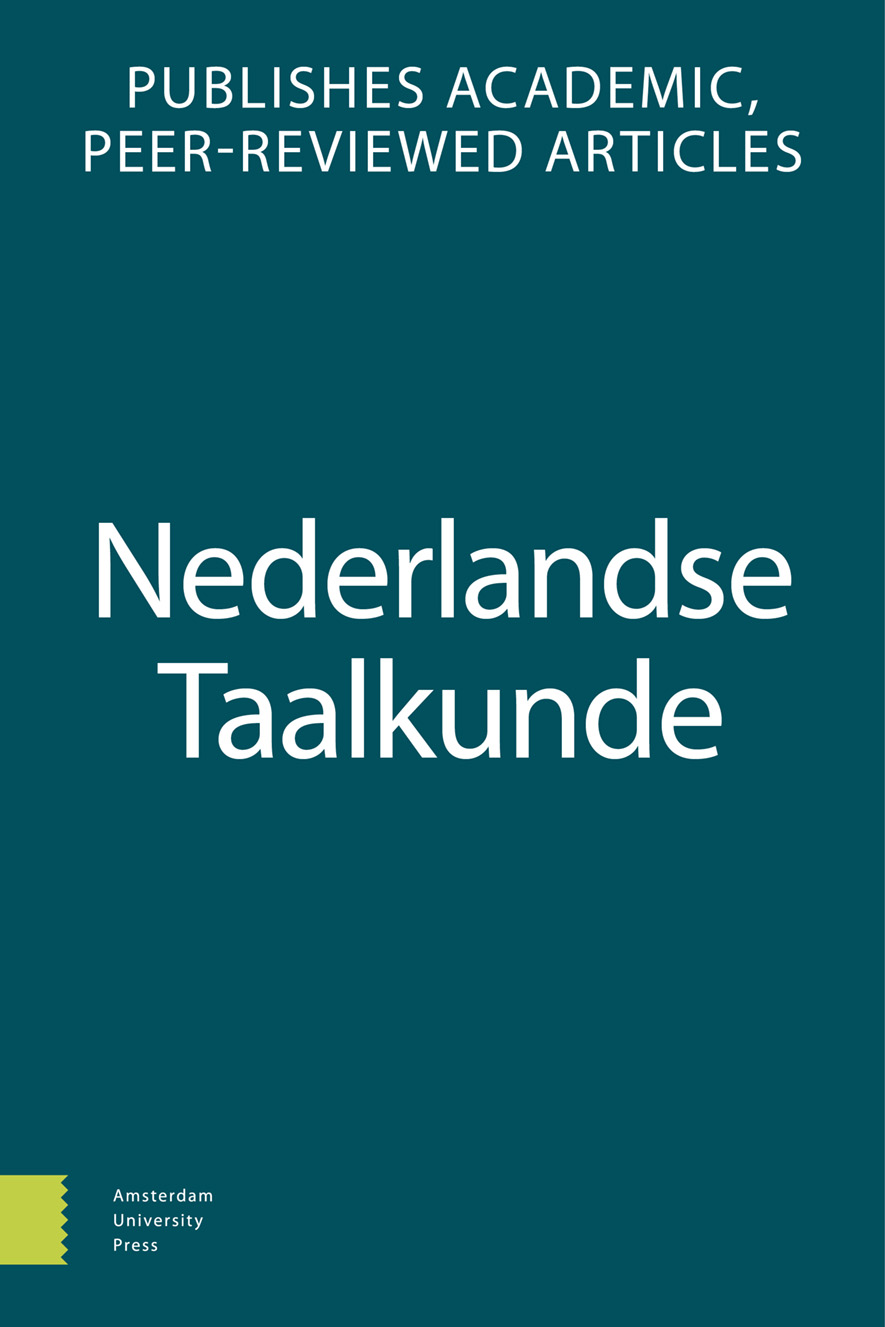-
oa Nieuwe inzichten over het voorzetselvoorwerp
- Amsterdam University Press
- Source: Nederlandse Taalkunde, Volume 25, Issue 2-3, Oct 2020, p. 281 - 294
-
- 01 Oct 2020
Abstract
New insights on the prepositional object
An influential article by Hans Broekhuis in Nederlandse Taalkunde 9 (2004) treated PP complements (type He thought of her all day) in Dutch. It contained sharp observations, intriguing hypotheses and a somewhat puzzling classification of the verbs allowing these complements. It provoked a lively discussion, on matters such as the number of possible PP complements in one sentence, the value of distinctive criteria such as an isolation test with en doet dat, the functional status of the preposition. Broekhuis’ generative-style syntactic reasoning at times clashed with approaches inspired by form/content analysis, valency theory and constructional grammar. In all, the original contribution to this journal and the subsequent discussion brought new and interesting insights in this traditionally hard-to-deal-with syntactic category.


